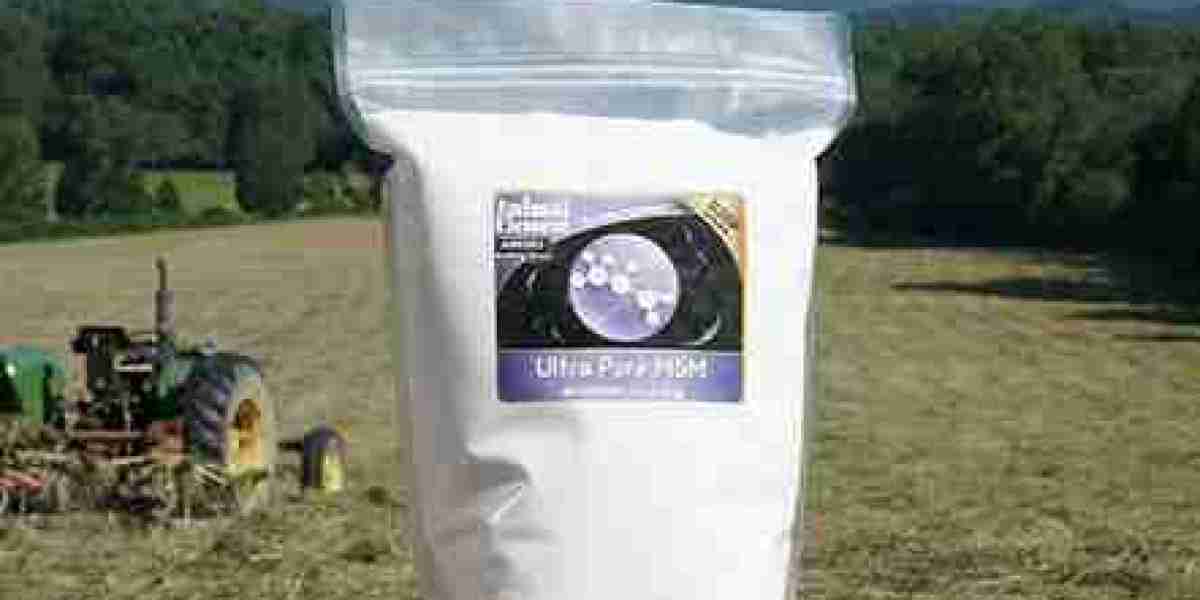Fire extinguishers are safety devices meant to quell a small fire before it grows. Knowing the fire extinguisher parts and how they work together will allow you to deploy them effectively during an emergency. Let's enumerate the major components of a fire extinguisher and explain their functions.
Cylinder:
The cylinder is the main body of the extinguisher containing the extinguishing agent—Dry Chemical Powder, CO₂, or water. It is usually made of steel or aluminum, which can withstand extreme conditions of pressure. The pressure in the cylinder causes the agent to be discharged when the handle is squeezed.
Handle/Lever:
To release the agent, the operator must press the handle. This unlocks the valve assembly and allows the liquid or powder to be ejected from the nozzle. The handle must be strong and very responsive so that in a real emergency it would not hinder operation.
Safety Pin and Tamper Seal:
These components prevent accidental discharge of the extinguishing agent. The safety pin is a small metal device that goes through the handle to prevent an unwanted discharge, whereas a tamper seal is a plastic strip that marks if the extinguisher has ever been used or tampered with. Both have to be removed before the extinguisher can be activated.
Hose or Nozzle:
This part directs the extinguishing agent onto the fire. The nozzle has a design for more precise aiming, while the hose allows flexibility so the user can aim in various directions.








